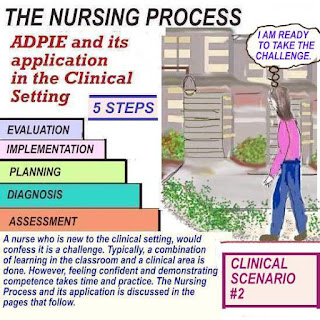THE CIRCULATORY SYSTEM - QUIZ QUESTIONS
The Circulatory System is made up of:
The heart, lungs, capillaries, arteries, veins
and the lymphatic system.
The Circulatory System
The heart is a pump which supplies blood to all the body's
cells. It is made of four chambers. The two upper chambers
are the right and left atria. The two lower chambers are the
right and left ventricles.
The heart is a small organ that has a lot of work to do.
If the heart fails, all the body's organs like the brain
and kidneys as well as the body's tissues will be affected.
An overview
Deoxygenated blood returns to the heart via the veins.
The blood comes in through the right atrium via the
Superior and Inferior vena cava. It is then pumped
into the right ventricle.
The deoxygenated blood is pumped to the lungs via
the Pulmonary Artery. Inside the lungs, the deoxygenated
blood is exchanged for oxygenated blood and is pumped
to left atrium via the Pulmonary veins.
The heart is always at work. Hemodynamics refers to blood flow.
Any obstruction to the flow of blood in and around the heart, may
lead to failure.
Quiz questions
1) What is the circulatory system made up of?
2) What is the purpose of the heart?
3) How many chambers are there in the heart?
4) How does oxygen exchange take place?
A Code Blue in progress
the most lethal rhythms:
heart's conduction system is not functioning. There are no
ventricular contractions. The patient is pulseless and
unresponsive.
present. The ventricles are beating rapidly and there is no atrial
activity. Blood flow to the vital organs is compromised.
atrial activity. The ventricles are quivering , so there is no
cardiac output. There is no pulse and the patient may become
unresponsive. Immediate action to defibrillate is usually done.
EKG rhythm.






Comments
Post a Comment